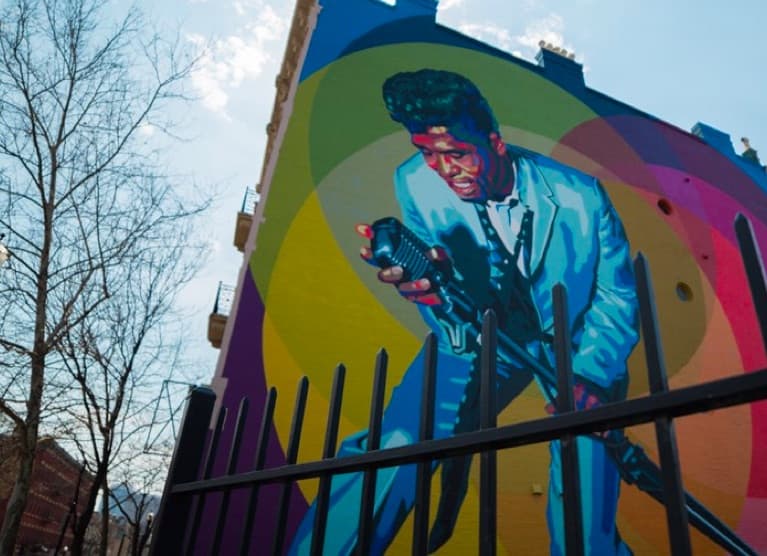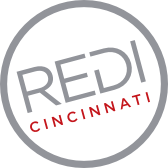In the Cincinnati Region, ‘Quality of Life’ Really Means a Quality Experience

“People will forget what you said, people will forget what you did, but people will never forget how you made them feel.” After 23-plus years as a professional marketer in the Cincinnati region, these famous words from Maya Angelou serve as a reminder that, when it comes to promoting a brand, it’s all about creating a positive experience.
After all, marketing is amplifying value propositions to make a good impression on decision makers. In my higher education experience, that meant emphasizing things like student life and culture, affordability, campus amenities, and sports. When I marketed for B2B companies, it meant highlighting efficiency, low cost, customer service, and product customization.
These same principles apply to marketing a region. If you need more evidence, simply look at “Boston Strong” or the years-long campaign to “Keep Austin Weird.” Like those markets, the Cincinnati region has traits and value propositions all our own, and as our community grows more diverse, we must continually tailor our messaging to appeal to target markets domestically and internationally.
In many cases, our ultimate goal is to persuade the C-suite, site selectors, and decision makers to make that critical visit and feel for themselves what makes our region unique. To do this, we continually go back to our core value propositions, which are clear: Strategic proximity to most major U.S. markets; unparalleled collaboration among top business leaders; robust talent pipeline; and low cost of living that translates to high quality of life.
That last one—the level of quality—is important, since research tells us a great visit, whether for work or play, can positively impact business decisions. We know that business travel has the third-largest impact on an executive’s perception of an area’s business climate.
We also know that decision makers are consistently impressed by our region’s ability to blend cultural amenities and warmth with traditional economic selling features like great sites and logistics prowess. Put a different way, they know that when they visit the $1.5 billion Amazon Prime Air hub at CVG, they’re a short, congestion-free car ride away from some of the world’s best landscapes, food, arts, and hospitality.
By effectively articulating and amplifying our regional brand, we can create a positive visitor experience that will have a ripple effect on our economy for years to come. But this is no small task; it’s one that requires all hands on deck. Our community is too complex, too unique, and too special for a one-size-fits-all message. As REDI Cincinnati prepares to launch our five-year strategic framework in 2020, my team and I look forward to positioning our region for even greater success across geographies, industries, and companies at different stages of growth. We see you, 2020, and we’re excited by the outlook.
